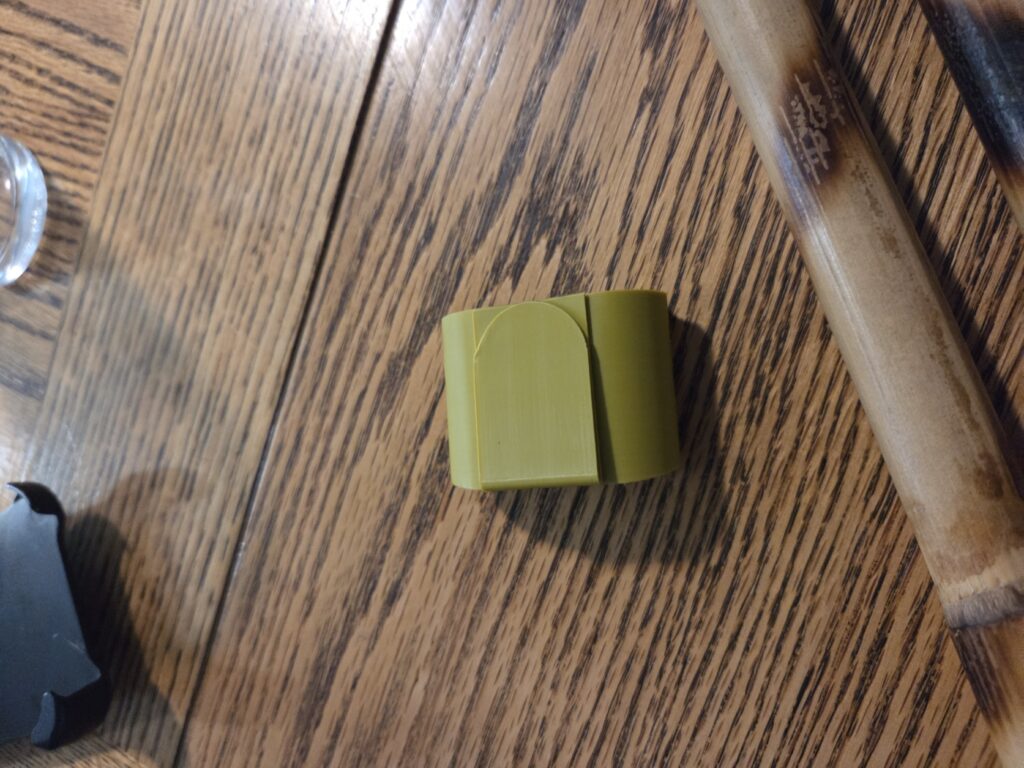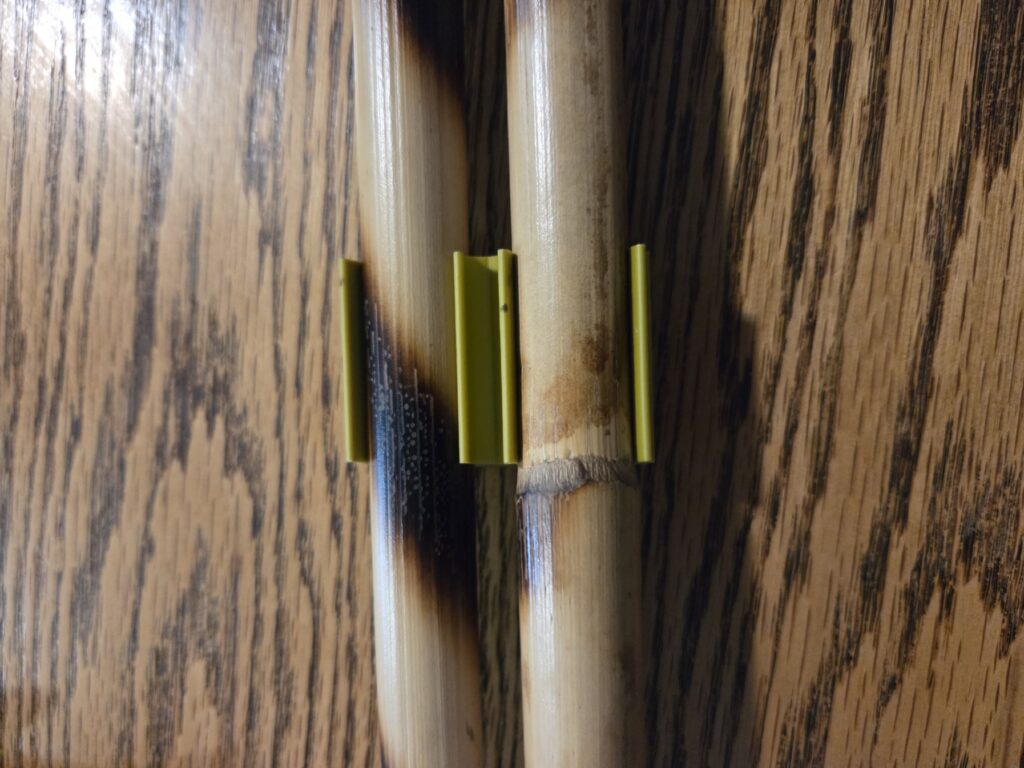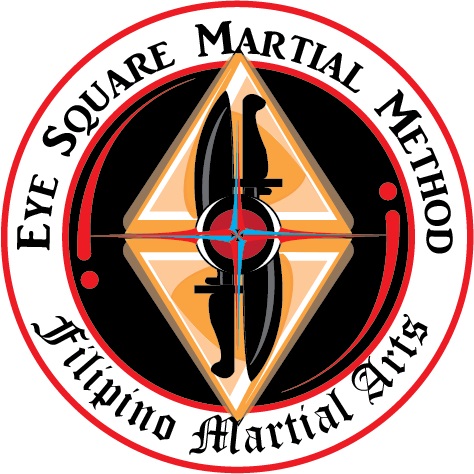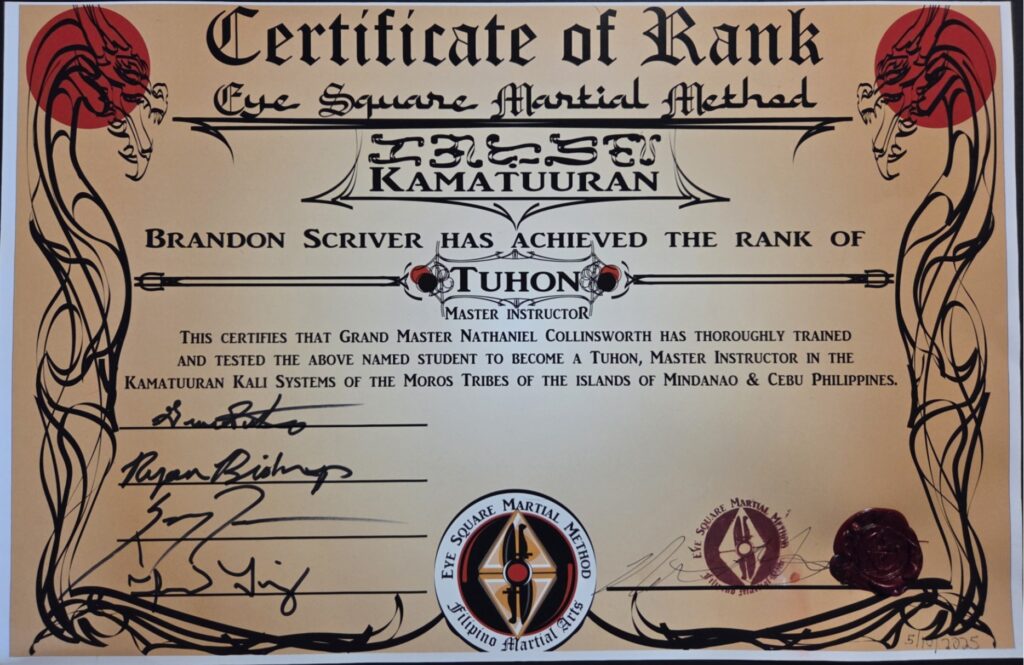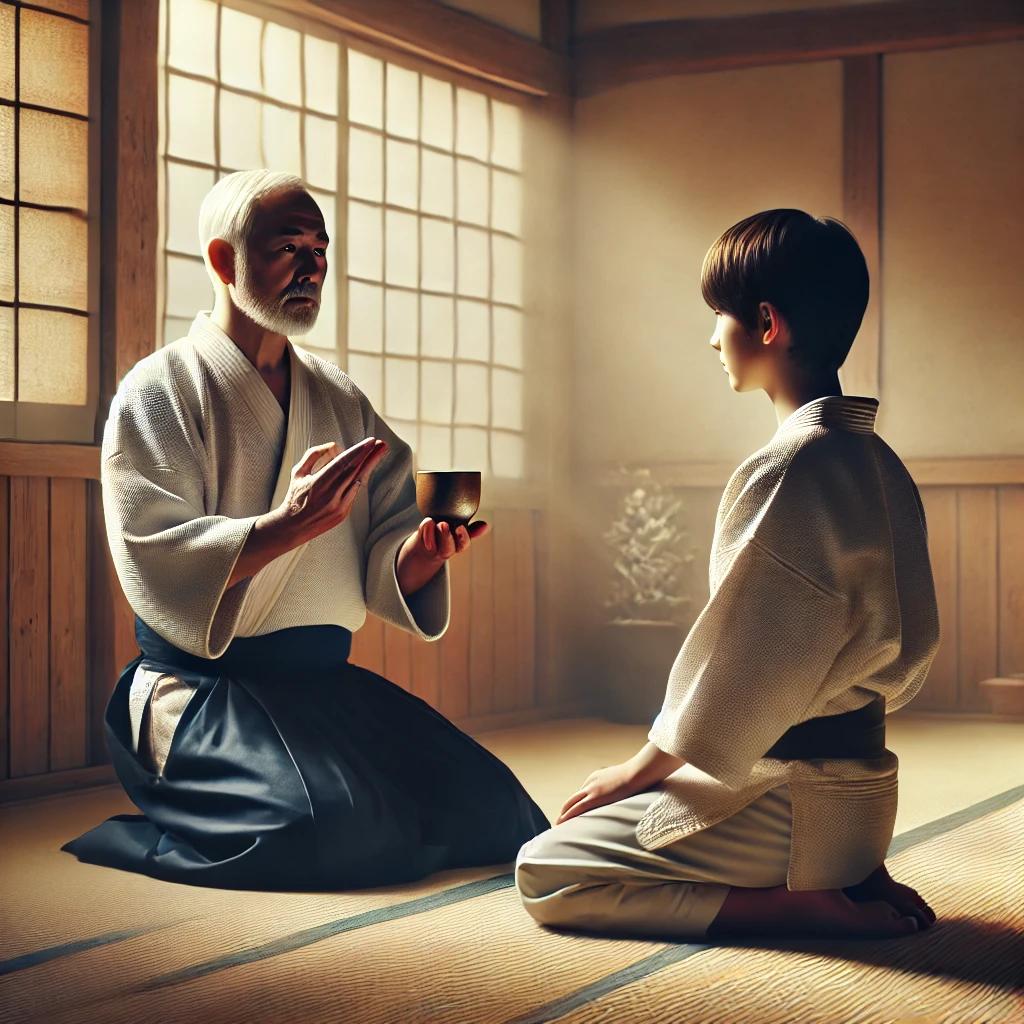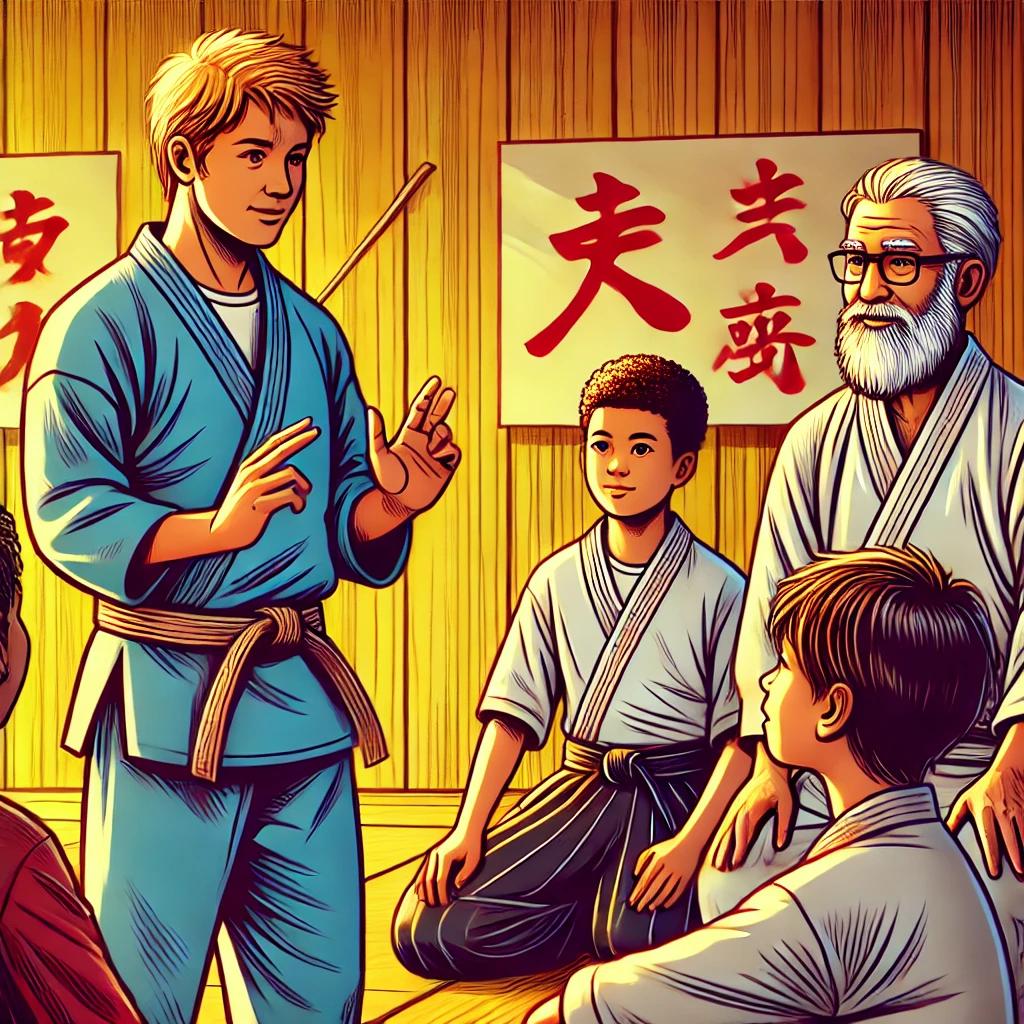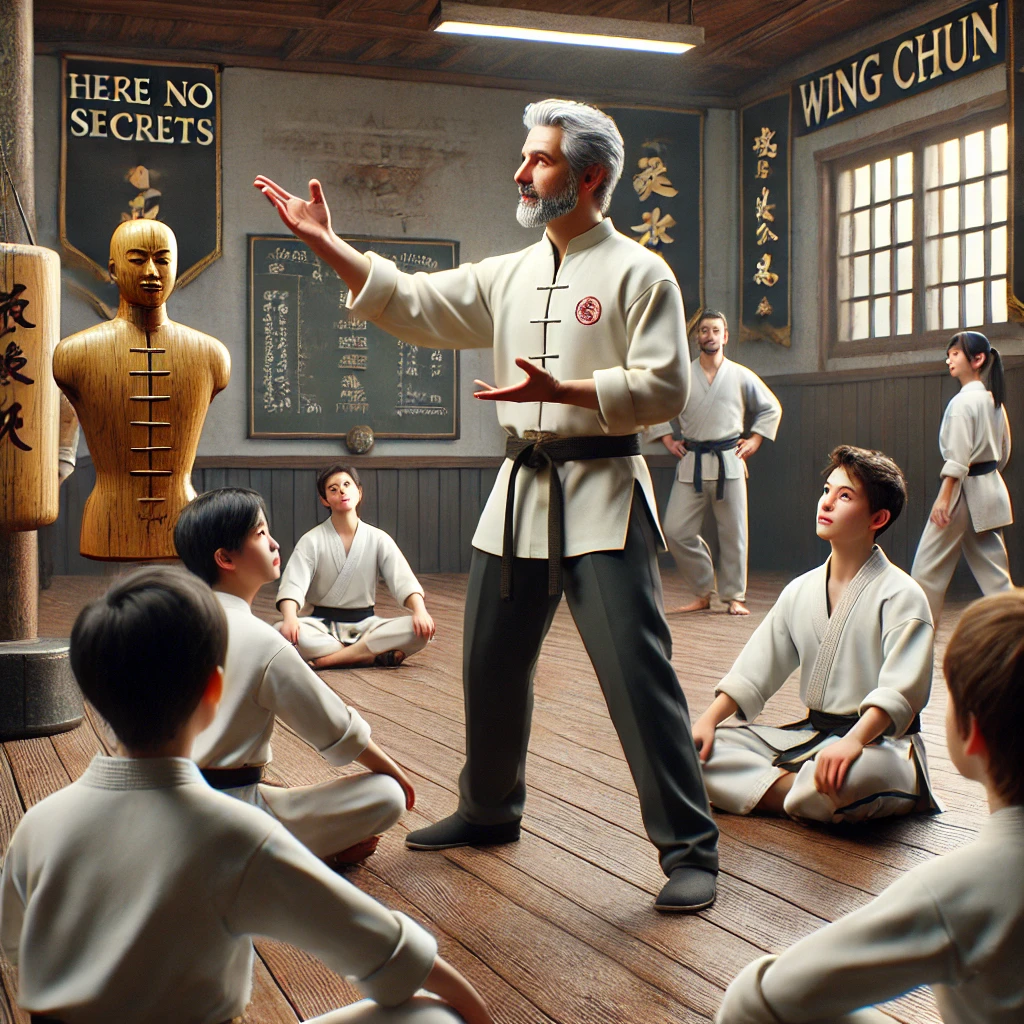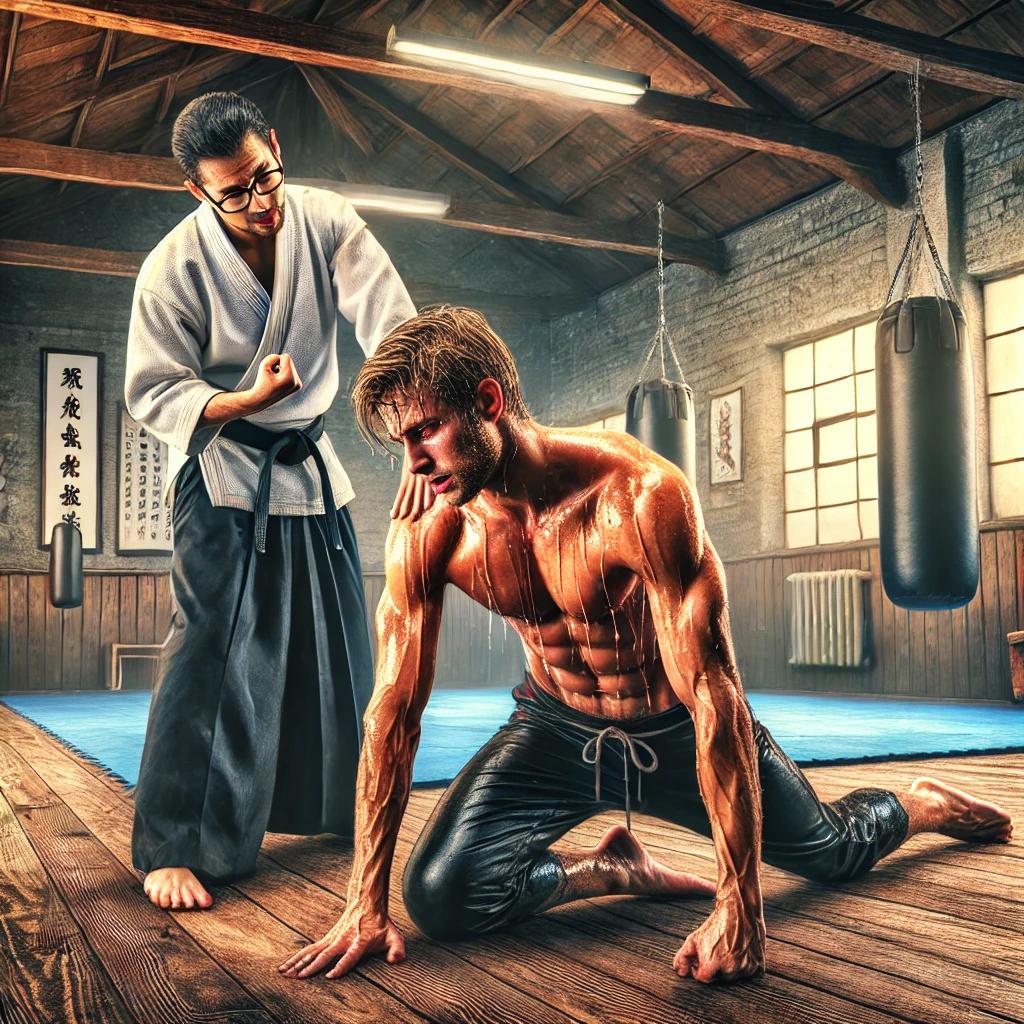Spend any amount of time in Martial Arts forums online and you’ll inevitably come across a discussion about:
Which Martial Art is Best?
I’ve got some strong opinions about the question itself – especially since it’s malformed. But I digress – read Why do You Train? for some further context on exactly why.
What Makes a Martial Art Good?
There are a lot of various arts from all over the planet – many that have been around in some form or another for hundreds of years – some lay claims to thousands.
So there must be something to the arts themselves, especially since it’s only been in the recent couple of centuries that something as physically demanding as martial arts could be practiced for anything outside of survival.
So what is it that’s kept these arts around?
I think primarily it’s been that they work – be it Karate, Muay Thai, Jujutsu, Kali, etc.
And yes, this is in within the context of War Arts.
But beyond that, it’s that these arts work for humans.
A Common Platform
Another common thing you’ll see is a discussion of “oh this move looks just like this one from art x – it must have come from there.” Nevermind the shear distance between the birthplaces of the disparate arts.
Is it possible? Yes, absolutely.
But I think a much more likely answer is that common motions simply evolve out of the fact that they’re all built around the human body.
It’s a fundamental assumption – just like gravity – that a human body generally has two arms, two legs, a head and they’re all connected to a central torso.
With that assumption come others:
- Cut blood-flow off to the brain and it will eventually die
- Cut air-flow off to the body and it will eventually die
- Move a hinge joint far enough one way and it will break
Good Body Mechanics
Ideally an art will teach you to move in such a way that you don’t hurt yourself while doing what you need to do – again, there are only so many ways of making that happen.
As well a good martial art should teach you to manipulate an opponent in such a way that they violate the good body mechanics – thus multiplying the likelihood of injury to them.
A good art will also teach you to develop yourself as needed, ideally it can work with your body as you age or overcome injuries – it’s not much help if you can’t use it when you really need it!
The Big Picture
I hope it’s obvious at this point that “what’s a good martial art?” has a pretty complex answer to it – outside of someone’s personal preferences anyway.
A good martial art:
- Allows the practitioner to pursue their goals for training
- Teaches the practitioner to move in ways that minimize injury to themselves while maximizing injury to the opponent
- Works with the practitioner as they age or deal with limitations
Outside of those, the question shifts from “what makes a martial art good?” to “how do I use this art effectively?” You could be training in the single most effective art in the world and not know how to make it work – it’s not the fault of the art if you can’t do it.
There are really two parts to the equation – the art as well as the artist.
How an artist uses their tools is what ultimately determines the outcome.
Thus I reiterate – “Which martial art is best?” is a stupid question.
